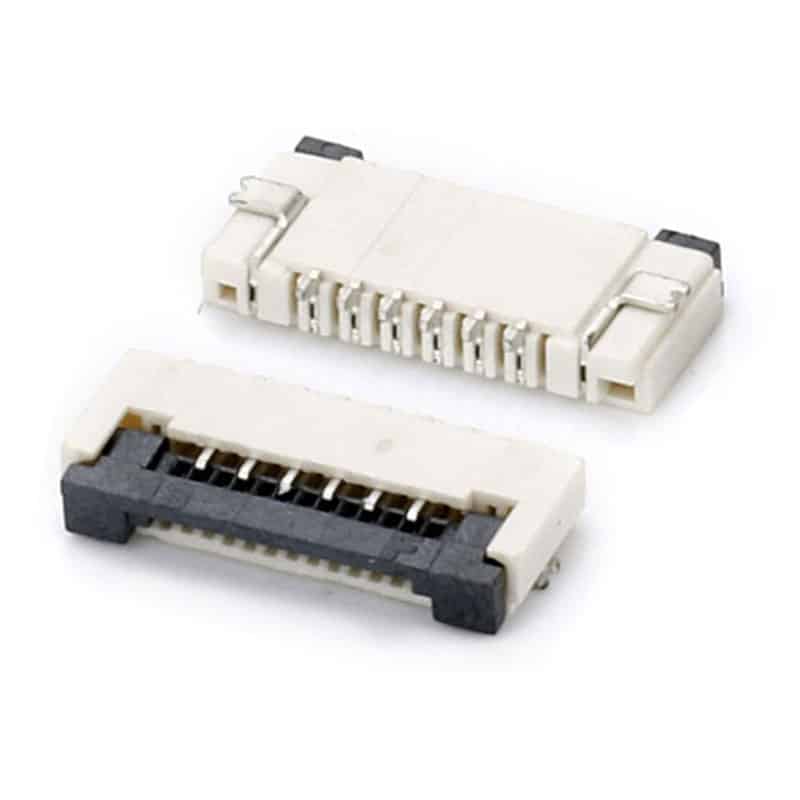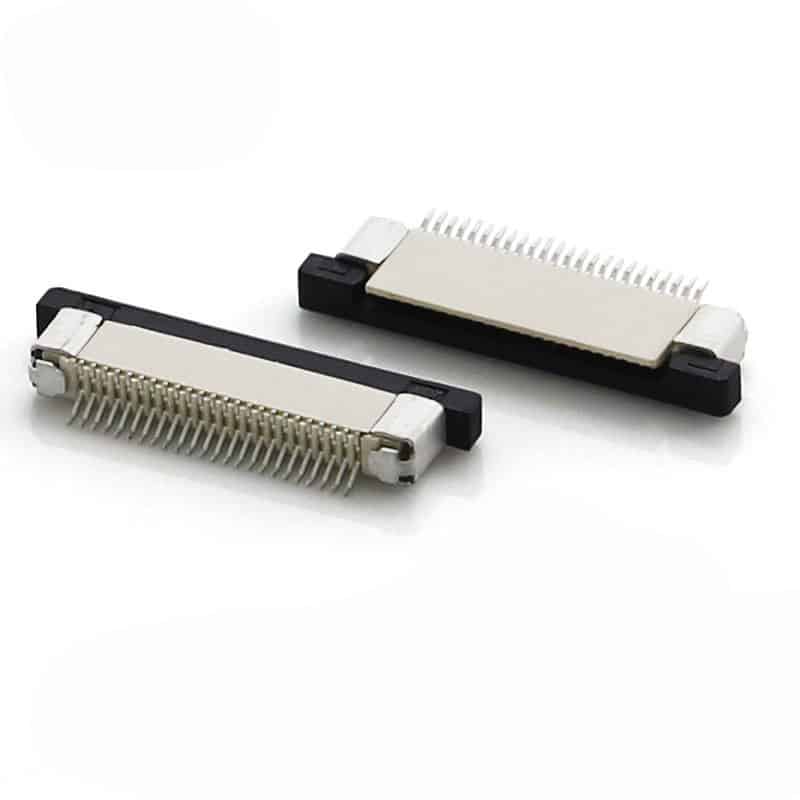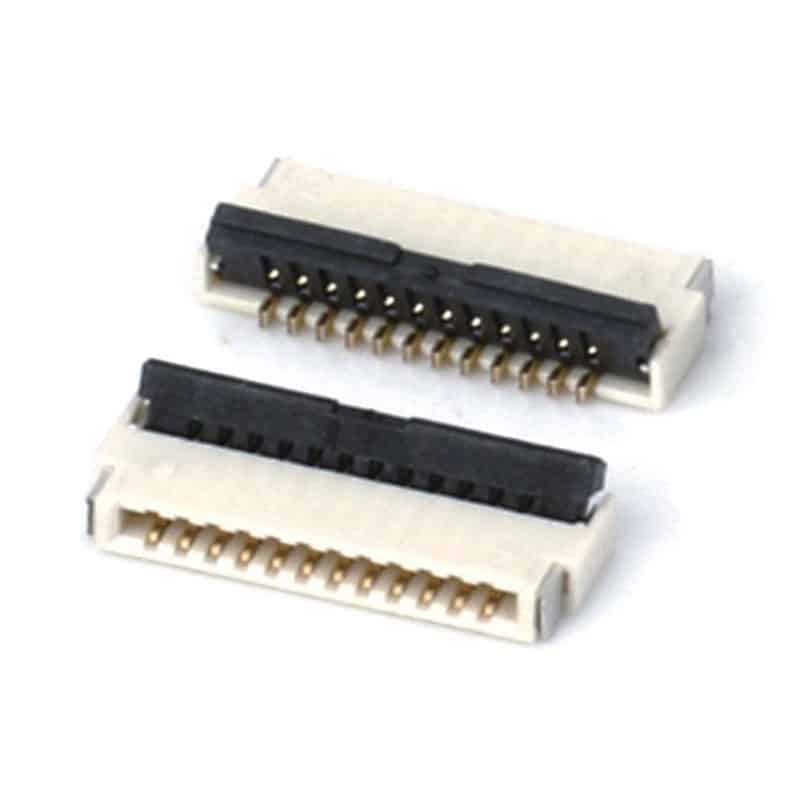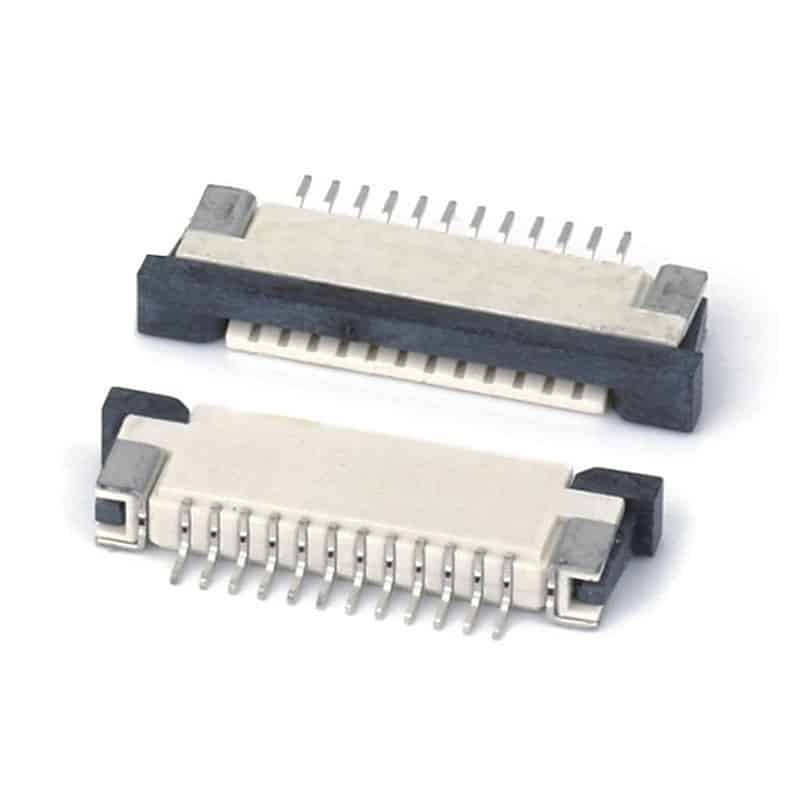
FPC Connector
FPC connector is a type of electrical connector designed to connect flexible printed circuits to a printed circuit board (PCB) or another electronic component.
The FPC connector is a high-density, light-weight, small-volume connector with the advantages of 9 hole positions ranging from 7 to 129 cores.
Currently focusing on 0.5mm pitch products. 0.3mm pitch products have also been widely used.With the recent trend of LCD drivers being integrated into LCD devices, the number of FPC pins will be reduced accordingly, and there are already related products on the market.
From a longer-term perspective, in the future, FPC connectors are expected to be integrated with other mobile phone components on the frame of the mobile phone or its LCD module.
Features
Manufacturing miniaturization, compactness, high-density integration
Saving space
Simplified wiring procedures, simple connection
Saving labor costs
Excellent flexibility, flexible application, and foldable.
FPC products are available in the following pitches and conventions:
The wiring spacing : 0.3mm, 0.5mm, 0.8mm, 1.0mm, 1.25mm, 2.0mm, 2.54mm;
The wiring types : A, B, C, D, E, F, G, H, I, J, K;
Cable length : 15mm~ANY;
EMI countermeasures: copper foil, aluminum foil, copper foil mylar, aluminum foil mylar, conductive cloth, silver paste treatment, absorbing material, etc.
Compared with conventional connectors, FPC flexible circuit board has good bending, folding and telescopic properties. It can be customized with single and double sides, 4 layers, layered boards, hollow boards, etc.
Applications of FPC Connector
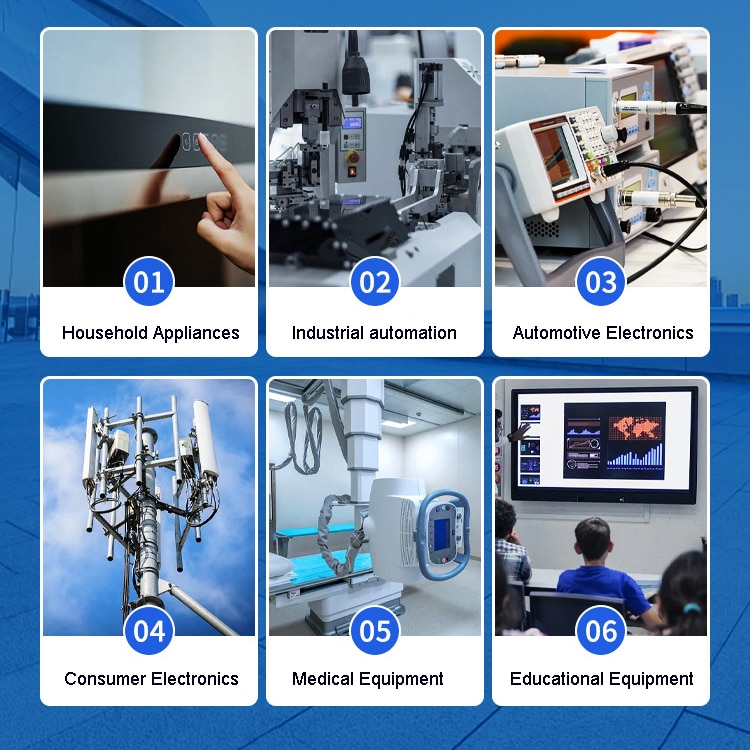
Products are mainly used in Consumer Electronics, Automotive Electronics, Industrial and Medical Equipment, Aerospace and Defense, Household Appliances, Audio and Visual Equipment, Industrial automation, and Educational Equipment.
More Content
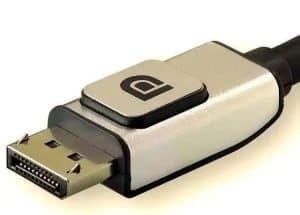
VESA Announces DP 2.0: The Dawn of the 8K Display Era
01 Background and Release Not long ago, VESA announced the introduction of the DisplayPort 2.0 (DP 2.0) specification, a milestone event marking an unprecedented leap forward for the DP standard. Compared to the previous DisplayPort 1.4, the new standard offers
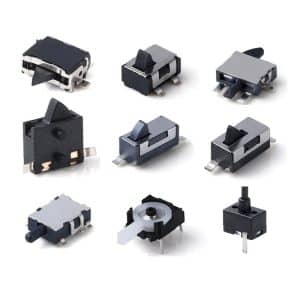
6 points to Understand detect Switches–a comprehensive guide from principle to selection
Detect switches, also known as limit switches and sensor switches, are commonly used low-current master control electrical devices. I. Working Principle The working principle of a detect switch is based on the opening and closing of circuits. When the switch is
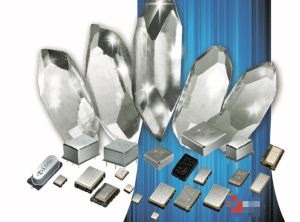
4 Precision Fundamentals: Quartz Crystal Oscillators deep Explained
Quartz Crystal Oscillators The quartz crystal oscillator is a resonant device made using the piezoelectric effect of quartz crystals, and is capable of generating high-precision oscillation frequencies to provide stable clock signals for electronic systems. Working Principle Piezoelectric Effect: When

